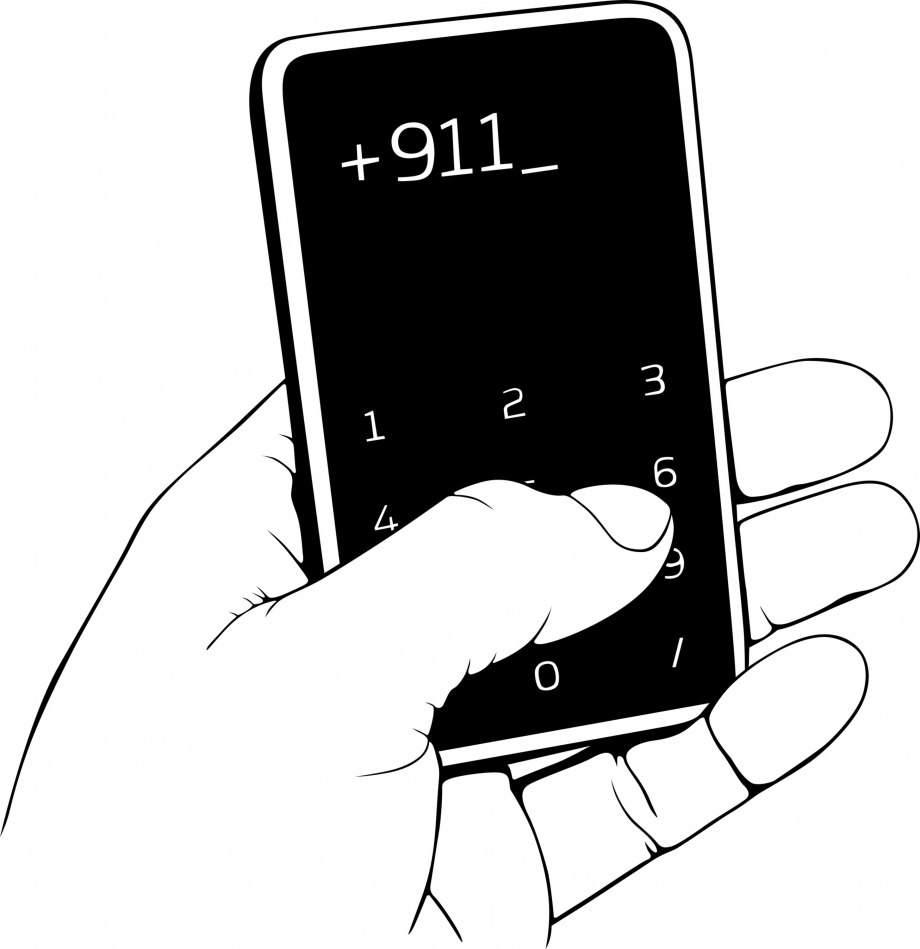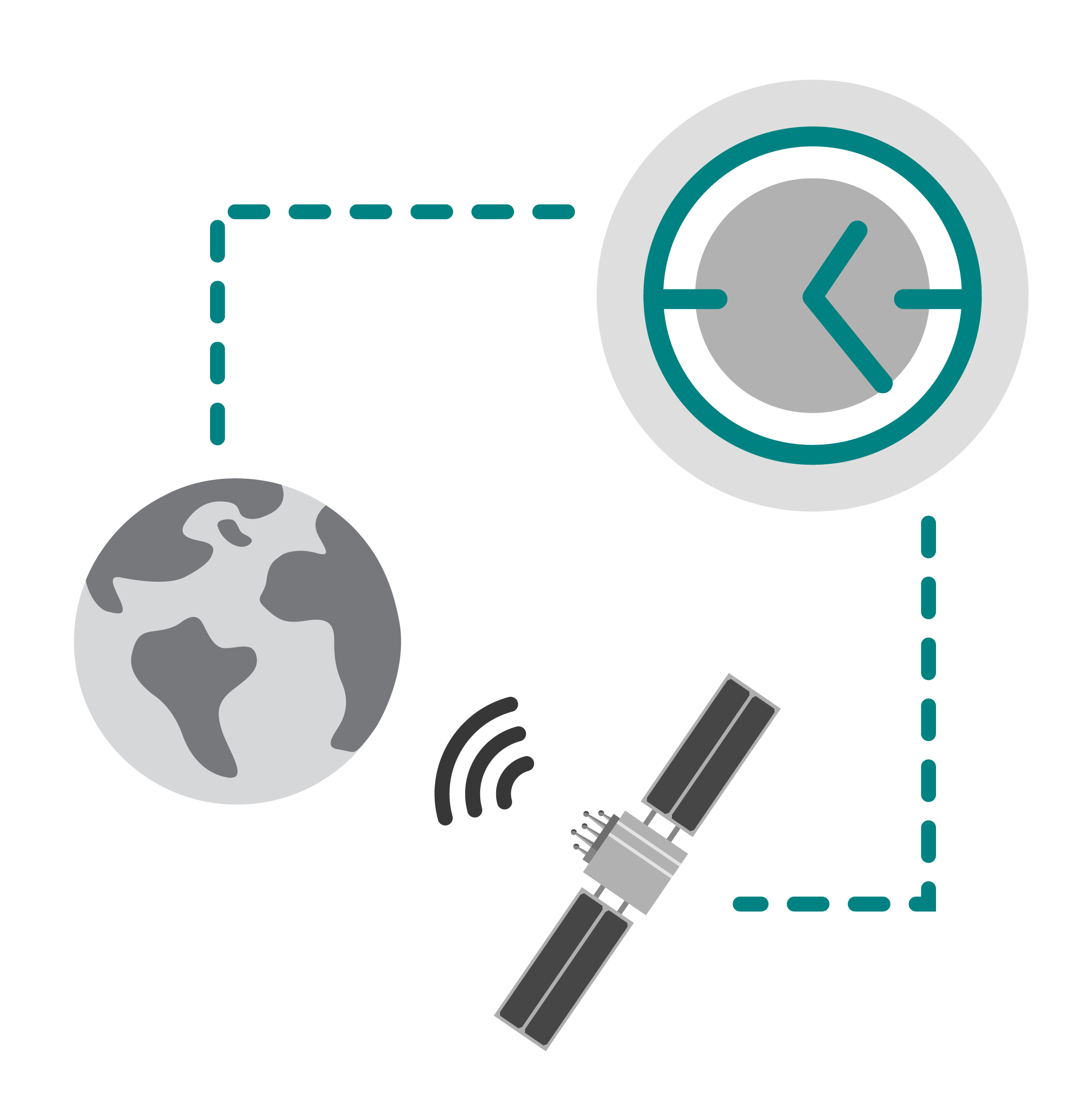
You witness a serious car crash. What’s the first thing you do? You instinctively grab your phone and dial 911. One of the most important contributions of technology has been, and will continue to be, its ability to save lives. While this may mean the impressive equipment available in a modern hospital emergency room, first someone has to call for an ambulance to get you there.
The history of the one-number emergency calling system provides an interesting perspective on how long it can take to deploy new technology in a way that is integrated and reliable. It is a long road from demonstration to widespread public adoption.
The history of one number emergency calling goes back about 90 years. As public switched telephone networks spanned the modern world in the middle of the 20th century, it became apparent that they could play a vital role in reaching providers of emergency services. The concept of a short form single number was developed as “999” in the UK and first deployed in 1937. I can only imagine the frustration on a rotary phone as you waited for the dial to rotate almost the maximum possible time to send three digits (this was due to the fact that phones could make free calls using the neigbouring “0” digit, so mechanically modifying them to accept any sequence of 9’s, the next digit, was easier than implementing “111”).
The first uses of a central emergency service in North America include Los Angeles in 1946 (using “116”), Winnipeg in 1959 (using “999”), and the first system using “911” in Haleyville, Alabama in 1968. Gradually, through the 1970’s and 1980’s the deployment of what is now “911” service reached all but the most rural areas. Approximately 50 years to standardize and implement!
Extension of the emergency service to mobile phones was first contemplated with the roll out of analog cellular networks in the mid 1980’s. It quickly became apparent that mobile phones could play a key role in getting first responders to car accidents and other emergencies outside the home. But once away from home, people are often have trouble describing where they are, either because of unfamiliar surroundings or the shock of the situation in progress. An automatic method of location determination needed to be found.
In the 1990’s, it was foreseen that the steadily decreasing price of GPS chips and the increasing “smarts” available within network infrastructure would eventually enable reliable location of emergency callers in 2D (lat/lon). In 1996, the FCC formalized this, mandating requirements for mobile operators to provide location using GPS within 50 meters for 67% of calls and 150 meters for 90% of calls or to provide location using network based technology within 100 meters and 300 meters, 67% and 90% of the time respectively.
So now, when you dial 911, the Public Safety Answering Point (PSAP) is able to accurately determine your location… for the most part. That is, if you are outside or in a low-rise, residential type building.
However, what will happen if you dial 911 from the 32nd floor of an office tower? First of all, you may not get a GPS fix or sufficiently accurate network fix – there are significant attenuation and multipath issues to contend with. If you do get a fix, the PSAP will match your latitude/longitude to a database that will give your location as, for example, 250 Greenwhich Street, Manhattan. But that is a 52-story building! By the time the search for you gets to the 32nd floor it might be too late.
In March, 2014, in an effort to address this, the FCC issued a “Notice of Proposed Rulemaking” to seek comment on a proposed mandate that would require mobile operators to more accurately determine the location of an indoor 911 call. There were many questions posed about whether the requirements should be different for urban vs. rural locations, whether today’s technology can meet the requirements, whether certain technology should be mandated or simply an accuracy requirement be asserted, and much more.
Responses were received from a variety of stakeholders, with thoughtful and passionate responses from network operators, emergency services providers, the public, and technology vendors.
It is fair to say that the landscape is more complex than it might first appear and that the ideal solution will require unprecedented cooperation and coordination between key stakeholders. The solution has to address a myriad of environments from which an emergency call could be made, and then, even once the location is accurately determined, the results must be paired to a database that takes into account the unique attributes of buildings (floor plans, floor numbering variances, the relative location of “ground floor” etc.).
Understandably, some respondents to the FCC asserted that these risks might be worse than the benefits, especially if first responders are sent to the wrong location.
Inevitably these obstacles will be addressed. For our part, Rx Networks sees that there are several technology trends that can work together to help address the indoor location problem. The first is the proliferation of Wi-Fi access points (APs) to such a density that their proximity to a 911 caller is useful in resolving a caller’s location. Wi-Fi positioning has been well established for at least five years, but has primarily been based on crowd sourcing the location of the APs. This provides acceptable accuracy for non-critical uses, but often presents results that would be undesirable in the context of an emergency call. For that purpose, you need to ensure that APs are accurately located in a database and that the risk of human error is eliminated.
Rx Networks has proposed a method of automating the geotagging of APs using XYBRID Cloud, a service that uses a combination of methods, including highly sensitive post-processing of GNSS signals, to determine the AP’s location. The process is automatic, i.e. free from human error, and adapts to moves or changes to an AP’s location.
Another method proposed by Rx Networks takes advantage of the increasing number of smartphones that come with barometric pressure sensors. These sensors can detect air pressure with sufficient resolution to determine a caller’s floor level – if you know the ground level reference point.
It is this last point that is critical. Air pressure is a function of our weather system, which is constantly changing. Without frequent updates to the reference point, the caller’s floor could be reported incorrectly simply because of a change in the weather. Rx Network’s Zed™ service addresses this by providing the caller’s phone with an up to date reference pressure using both fixed and crowd sourced inputs.
In addition there are local factors that can lead to false readings. Doors opening and closing, the on/off of HVAC systems, and other “noise” that needs to be filtered out.
There are even notable variances in performance between the air pressure sensors on different models of smartphones, a design variance that is insignificant, except perhaps if you are dialing 911. Zed also has a component that can calibrate and normalize this problem.
As mentioned earlier, we do not believe there is a single technical solution that will address all requirements. But we know that deploying XYBRID Cloud and Zed could be an important step towards everyone’s goal of saving lives.
When the FCC has reviewed all the comments and makes its recommendation, the decision will be watched closely by the world’s other regulatory agencies. Europe, in particular, is looking at implementing an E-112 directive (112 being the most common EU common number for emergency calls) and recently held a public consultation in Brussels, during which Rx Networks shared its observations on the North American E-911 implementation. Europe has an added challenge of having to consider the input of its 28 member states and multiple network operators, many of whom have expressed concern over how meeting a 112 directive will be paid for.
While behind, relative to North America, the Europeans have an opportunity to build on the North American experience, taking advantage of the latest technologies that will also work for indoor emergency calls. And it may be that North America can learn from the Europeans for they have launched a compelling initiative called “eCall” that is set to go live for all new vehicles starting in 2018. Similar to OnStar®, which is an optional service in North America, eCall requires all vehicles to be equipped with sensors and network connectivity so that a call is automatically made to the 112 service if the sensors detect an accident has happened. Location and sensor information is transferred during the eCall, giving the PSAP vital information, even if the driver is unable to do so. If you’ve ever driven icy winter roads in rural parts of Canada or the US, you can immediately see the appeal of such a service to the public.
While it has taken a long time to get to the current capability of our wireless 911 service, and there is much work still to be done, our industry can take considerable pride over the accomplishments so far. Next time you look at your phone to send an email, check Facebook, or read the news, consider that your phone is much more than this. It is actually the vital link between the victim and the emergency room and in no small measure: over four hundred thousand 911 calls are made in North America every day.
